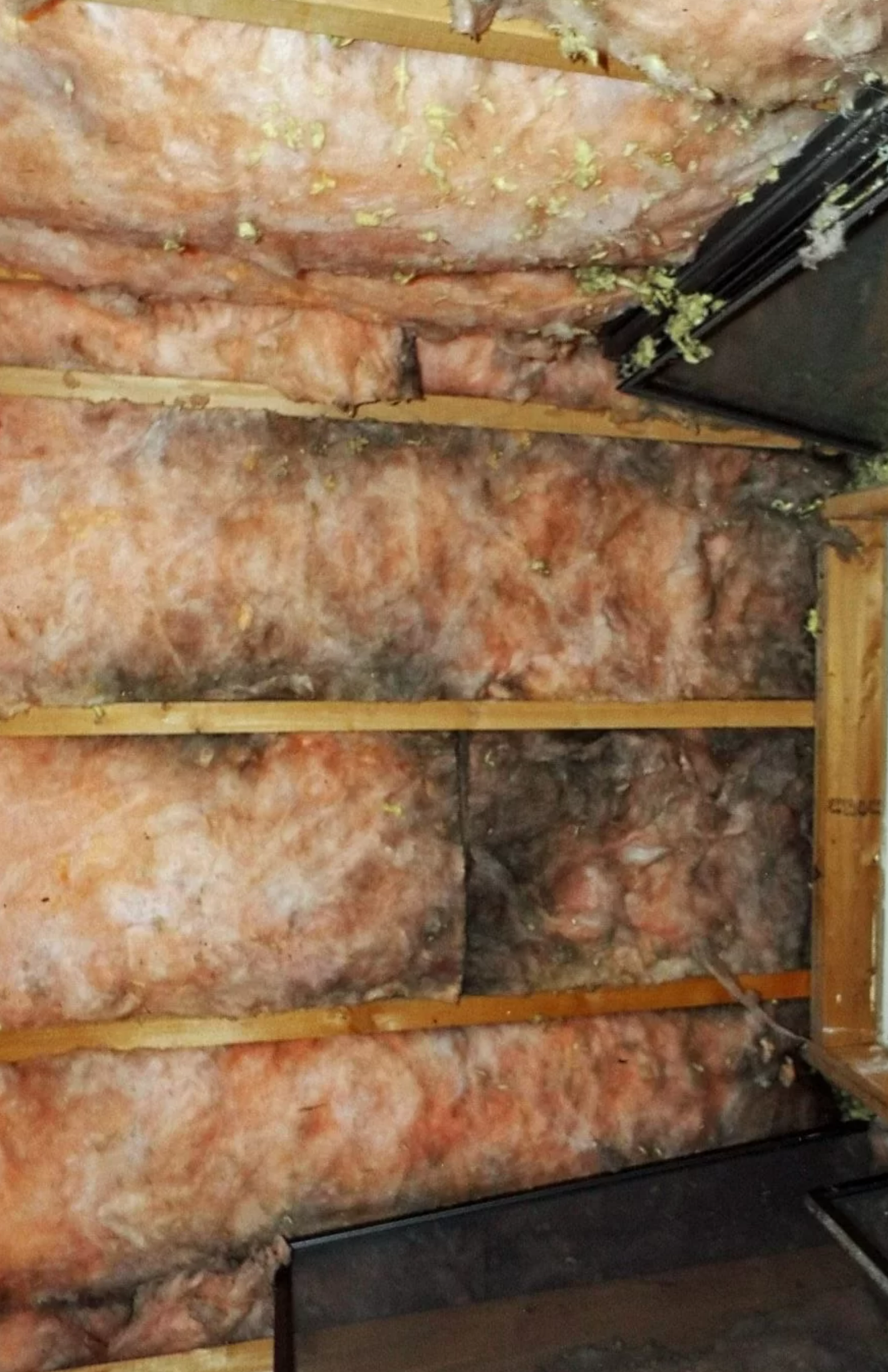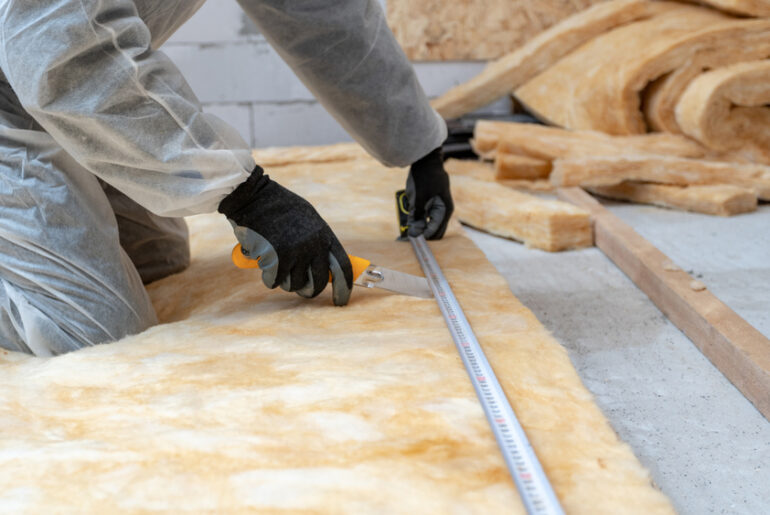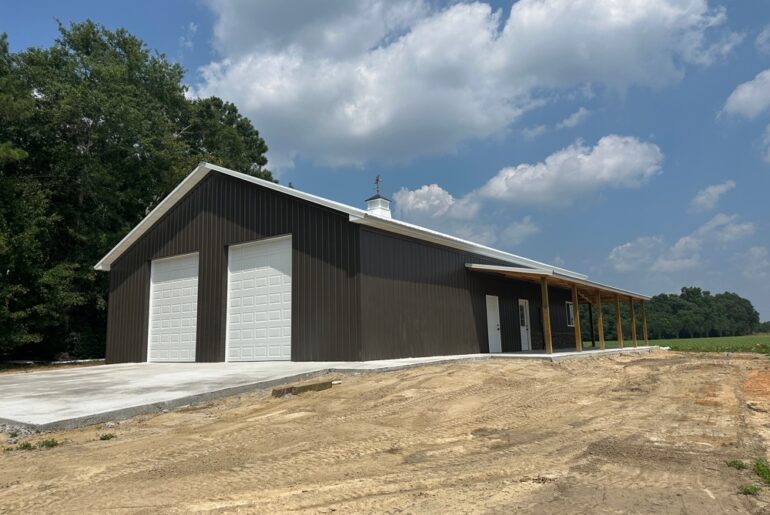Mold is a fungus that can grow on any type of surface, including insulation materials. Manufacturers of fiberglass insulation, however, claim that the material is highly resistant to mold and mildew, making many homeowners baffled on what is the real answer to:
Is it possible for mold and mildew to grow on fiberglass insulation?
Mold growth on fiberglass insulation is possible as long as all elements needed—which are water or moisture, food source, and humidity—for the fungi to develop and thrive are simultaneously and constantly present. Fiberglass insulation accumulates dust, debris, and grimes over time. When moist, the material becomes a perfect breeding ground. Mold and mildew feed off of dust, debris, and grimes, as well as thrive because of moisture.
Still curious? This article covers everything you need to know about mold growth on fiberglass insulation. From how these fungi grow and spread to precautionary steps you can do to avoid your insulation from mold contamination.
Let’s begin.
Can Mold Grow On Fiberglass Insulation?
Fiberglass is mainly made of synthetic materials. And for mold to develop and thrive, it must have a rich food source first. But fiberglass insulation is a composite of glass fibers and plastic material, and neither is a food source.
Hence, fiberglass insulation is not a perfect breeding ground for molds. It is also the reason why it is believed to be highly resistant to mold and mildew.
However, the possibility of mold growing on fiberglass insulation is inevitable. It is more likely to happen too if all crucial elements that influence mold development—such as moisture and humidity—are simultaneously present. In that sense, it makes fiberglass insulation not 100% resistant to mold and mildew.
Overall, the answer is yes. Mold can grow on fiberglass insulation.
Mold can also develop on different parts of fiberglass insulation. It primarily grows and spreads from the insulating material’s facing. In some instances, however, molds are seen growing directly from the fiberglass insulation.
Mold also grows in three varying colors: white, black, and green. And although each of them differs somehow, all of them are considered harmful and pose health problems.
That said, here’s how they vary:
- Black mold. Black mildew is what many professionals consider the most toxic type of fungal growth. It is the easiest to spot too since it comes in a dark and extremely recognizable shade.
- White mold. White mold is the most difficult type of fungus to detect. And obviously, it is because of its color. Such a type of mildew typically emits a foul odor and has a powdery texture.
- Green mold. Although it is not as usual as black and white mold, green mildew tends to appear in fiberglass insulation too. It usually grows in areas that are poorly ventilated and moist.
Why Does Mold Grow On Fiberglass: Possible Reasons
It is indeed true that fiberglass insulation is naturally resistant to mold and mildew, given that it is made of inorganic materials. However, we also mentioned that the possibility of this fungus growing and spreading on the material’s surface is inevitable and likely possible if all important elements are simultaneously present.
Mold requires three elements to grow and thrive. And these are water or moisture, the substrate as a food source, and humidity. All these factors must be constantly and simultaneously present. But as mentioned, molds do not feed on plastic and glass fibers.
So, how does mold grow on fiberglass insulation?
- Mold grows through the dirt, dust mites, grime, and debris that collect on the fiberglass insulation. Fungi such as molds and mildew only thrive if there is a food source. And for fiberglass insulation that is made of synthetic materials, it is the dust, debris, and grimes that accumulate over time on the material that prompt fungal growth.
Per a literature review titled “Growth of Mold on Fiberglass Insulation Building Materials,” fiberglass insulation can act as a support matrix for the collection of debris and dirt which, when moist, provides a perfect breeding ground for mold growth. It is why mold and mildew are often discovered in insulation materials installed in areas like the attic and crawl spaces.
Combined with other factors such as humidity, source of water or moisture, and regular exposure, fiberglass insulation covered in dust mites, debris, and grimes can support mold growth.
Mold and mildew feed on the feces of cockroaches, adhesives, and paints too to thrive.
- Mold grows through bindings and paper-based facings. Another factor found in the same literature is the material used in fiberglass insulation’s facings or moisture barriers. Moisture or vapor barriers, which are made to trap and prevent moisture from moving from one space to another, are typically made in either plastic or paper.
Paper, however, mold’s favorite food source. And when wet, can act as an excellent breeding ground. It is why cellulose insulation is prone to mold and mildew growth.
Do take note that fungi such as mold and mildew spread when it releases spores. These spores, when released, ride the air currents, and remain afloat in the air. This makes them spread easily further than the original area.
Is Mold on Fiberglass Dangerous?
Some people are sensitive to molds while others are not. Some experience mild headaches and fatigue, while people with high sensitivity to molds vary from respiratory issues to allergic reactions. As such, depending on the person’s overall well-being, mold exposure can cause a variety of mild health issues or none at all.
The health effects of mold may include the following:
- Allergic reactions. Exposure to a high number of mold spores may result in allergic reactions such as runny nose, wheezing, sneezing watery eyes, itching, and difficulty breathing. It may include itchy skin as well as irritated and red eyes too.
- Respiratory problems. The Institute of Medicine in 2004 found evidence that links exposure to molds and mildew with cough, wheezing, and other respiratory tract symptoms even in healthy people.
Molds can irritate the nose, throat, and lungs too, particularly for those who have asthma and chronic lung problem. Certain types of molds can also lead to a serious respiratory problem called “aspergillosis.” And the symptoms may vary from breathing problems, coughing, headache, and weight loss.
Who Are the Most Vulnerable to Mold?
The severity of mold’s effects may vary from person to person. According to CDC, people who are most at risk may include the following:
- Immuno-suppressed folks
- People with underlying lung disease
- People with allergies
- People with chronic respiratory illness
People who are constantly exposed to moisture and areas that are poorly ventilated are at risk of developing health problems caused by mold. Elderly people, infants, and kids are susceptible as well.
Is Fiberglass Insulation More Mold Resistant Than Other Types of Insulation?
As explained earlier, mold thrives and feeds on wet paper and wood. Fiberglass insulation, however, is made of inorganic materials. And because molds do not feed on these types of materials, fiberglass insulation is theoretically highly resistant to mold.
Cellulose insulation, on the other hand, is the most prone to mildew growth.
How to Clean Mold Off of Fiberglass Insulation?
There is no practical method on how to clean or remove mold from fiberglass insulation. In fact, once an area of fiberglass insulation is contaminated, the best next precautionary step is to immediately remove and replace that part.
Also keep in mind that, if your fiberglass insulation developed mold spores, the possibility of mold growth in other areas of the house is high. It is specifically true in the area where the mold was found since, as explained earlier, mold spores spread easily via air. They can settle anywhere in the area and spread further.
Such cases may also require you to hire a professional mold remediation worker. Not only do you need an expert to remove mold-contaminated fiberglass insulation; but you will also need a professional to check if other areas are contaminated as well.
How to Prevent Mold Growth on Fiberglass Insulation?
Prevention is always better than cure. As such, to avoid any future problems caused by mold, it is best to take precautionary steps.
Below are a few things you can do to stop mold and mildew from growing and spreading on your fiberglass insulation:
- Reduce and Control Humidity. High exposure to moisture is another significant factor that influences the germination of fungi such as mold and mildew. And aside from wall leaks, the water the air carries when humidity is high provides a great amount of moisture.
Thus, it is crucial to check and control the humidity of your house or the space where the insulation material is installed. The US Environmental Protection Agency (EPA) recommends venting appliances that produce moisture and vapor on the outside. It is particularly important for combustion home devices such as clothes dryers, kerosene heaters, and stoves.
Opening the window or turning the bathroom fan on when taking bath helps reduce humidity as well. In kitchens, it is highly recommended to use exhaust fans, particularly when cooking. Using an air conditioner or humidifier can also help.
- Prevent Condensation. Condensation happens when vapor or gas converts into liquid. And if not prevented, it produces moisture.
To prevent it, EPA recommends adding ventilation or air movement by opening windows and doors or using a fan to increase temperature. Accordingly, this will reduce the level of humidity. Covering cold surfaces like water pipes with insulation can also stop condensation from happening.
- Moisture control. Moist accumulation within the house is inevitable. As such, if you happen to notice, say, a collection of water droplets and moisture on walls, windows, or pipes, act immediately. Quickly dry the surface and stop (or reduce) the source of water and moisture.
The same goes for water leaks or spills. The chance of damp materials that are dried after 24 to 48 hours of being wet to develop mold is low.
- Conduct regular inspections and maintenance. Condensation would not happen without water. Thus, it is important to check the roof and gutter regularly. Any issues must be fixed immediately as well.
The drip pans used for air conditioners must be regularly cleaned too. Drain lines must be properly working and flowing without any obstructions. - Install insulation with a vapor barrier. Faced fiberglass is installed with a vapor barrier that acts as a protective layer between the insulation and the house’s walls, providing better water and moisture resistance by preventing moisture, vapor, and excess humidity from seeping through.





